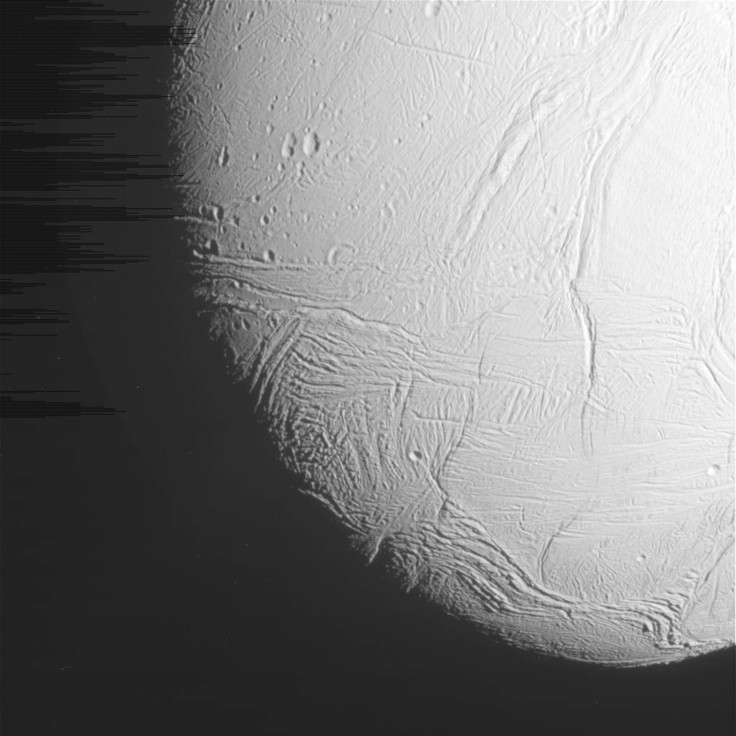Life after Earth: Expanding sun will make Solar System’s outer reaches habitable, expose hidden life-forms in 5b yrs

New research by astronomers from Cornell University has revealed that long after Earth is destroyed, our Solar System may still be habitable in certain regions for life to form again. At least that is a possibility for our solar system and species, new models developed by astronomers Ramses Ramirez and Lisa Kaltenegger suggest.
The findings of the study have been published in the Astrophysical Journal. The finding, that says frozen moons in the outer solar system may one day become habitable due to the ageing and expansion of the sun, has profound implications. The same concept may be used by scientists to find life in other reaches of space.
Life on Earth may one day be destroyed as the sun expands and becomes a red giant. Our oceans will boil away and our atmosphere will burn up as the sun becomes stronger. However, a region that is now frozen and away from Earth, may become conducive to life. Europa, the sixth closest moon of Jupiter or Enceladus, the sixth largest moon of Saturn, may become life-conducive, as suggested by the astronomers.
The two may melt into ocean moons, and any life-form that escapes Earth may find refuge in these places. Moreover, any life-form, if at all they are hidden or trapped beneath the icy moons, may come to life in five billion years as the environment heats up because of the expanding sun.
“We know that in the future, our sun will become too hot and bright for life on Earth. Science fiction often plays with the idea that people will move to Mars and further out. Now we know where to go,” Kaltenegger told Gizmodo.
Scientists, up to now, have mainly tried to find evidence or possibility of life on Earth-like planets around stars like Sun that’s constantly fusing hydrogen in its core. To find out whether Sun’s transformation into a red giant will make out reaches of the Solar System habitable, the two astronomers modelled locations of habitable zones for different-sized stars as they turn into red giants.
As stars expand, habitable zones migrate outwards. The researchers therefore also included the age of the star. Life depends upon how long a habitable zone persists and this in turn depends on the mass of the original star. The astronomers believe that the future red giant habitable zone of our solar system can last about 500 million years. On the other hand, smaller mass stars can remain red giants for up to nine billion years.
“It would be fascinating to discover signatures of a life on a world that we knew had to be completely frozen initially, but that is now within the evolved habitable zone. That would, in a way, help answer the question of whether you could have life in a subsurface ocean. No matter what we find on Europa and Enceladus, it will be a really interesting part of the puzzle,” Kaltenegger added.




















